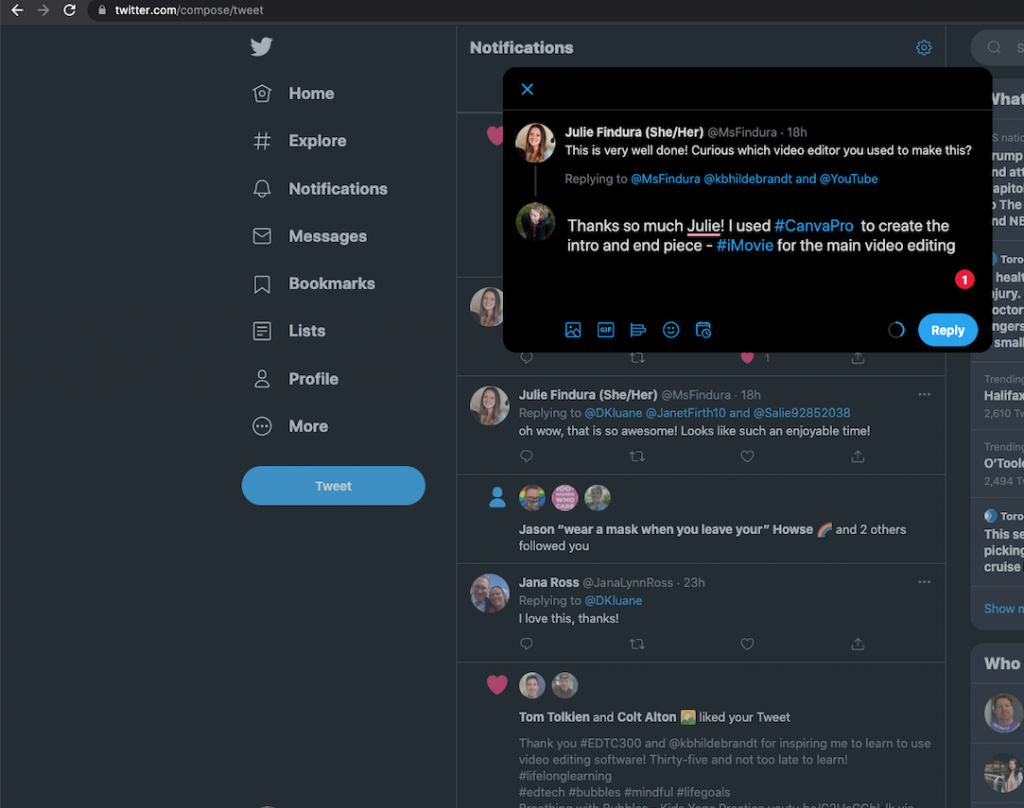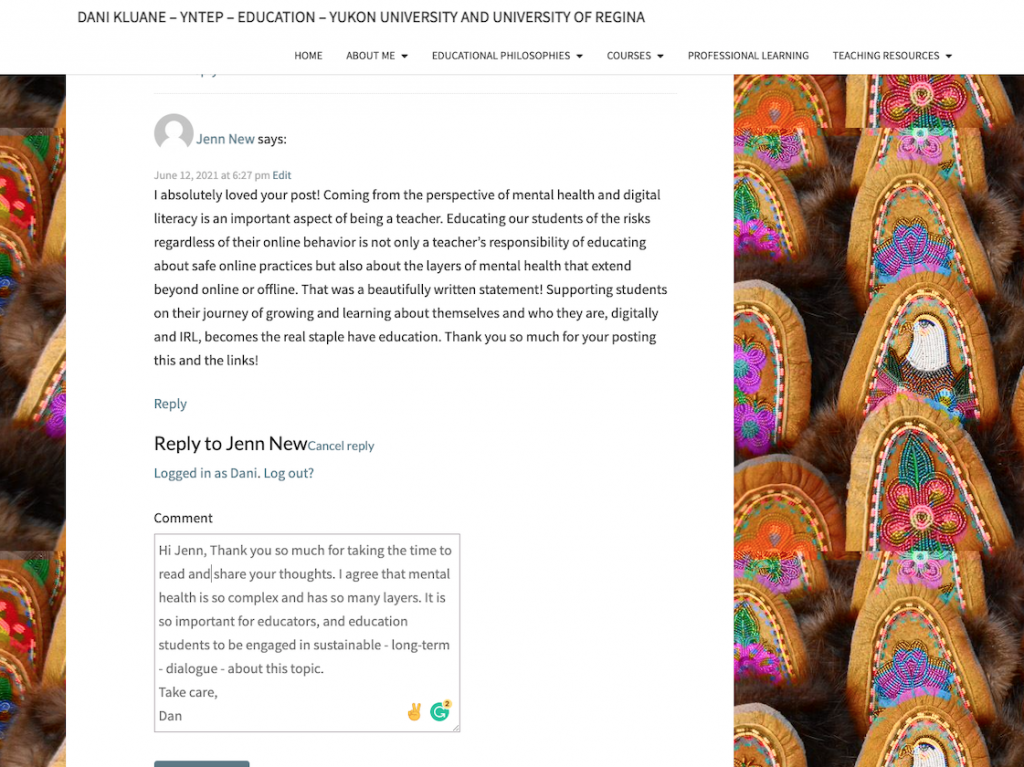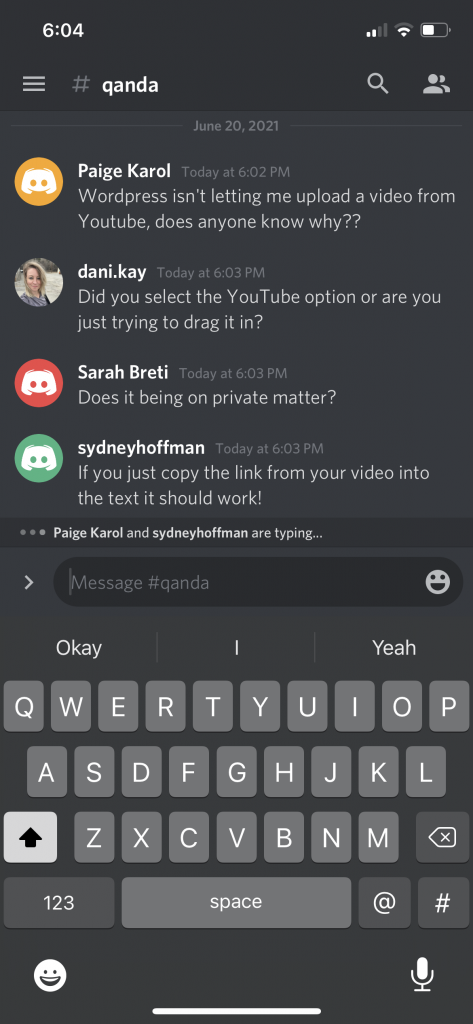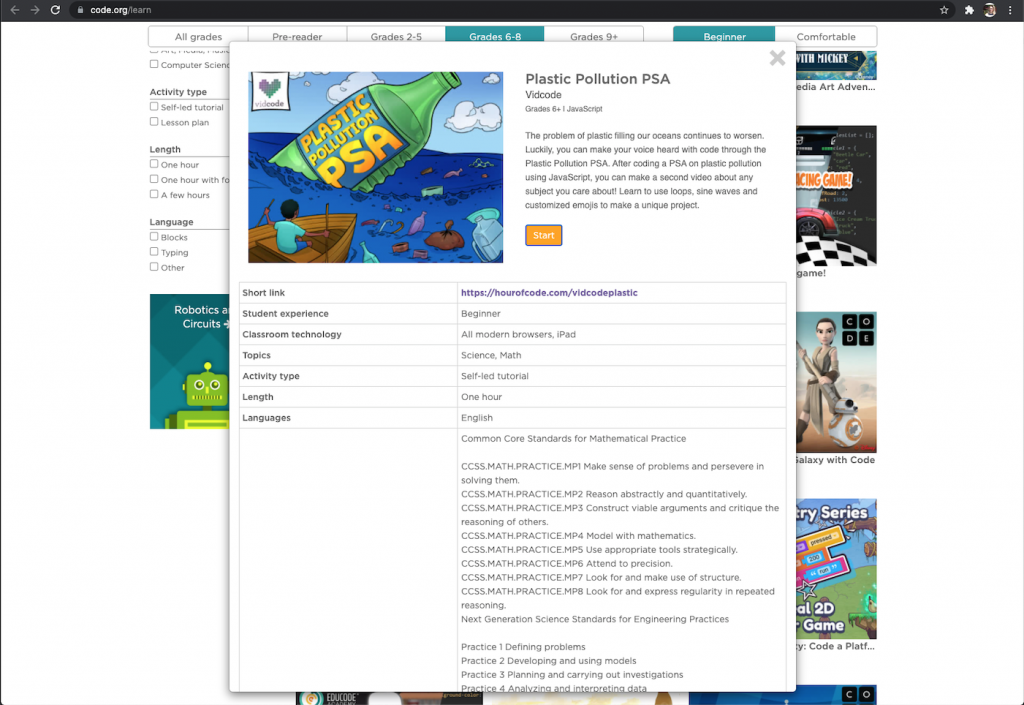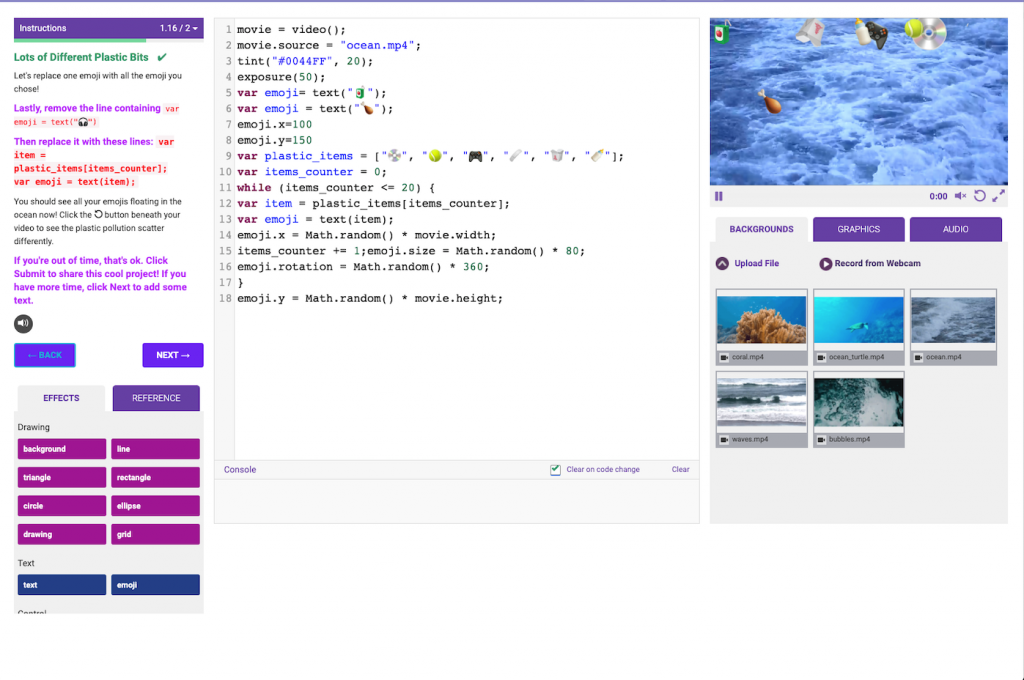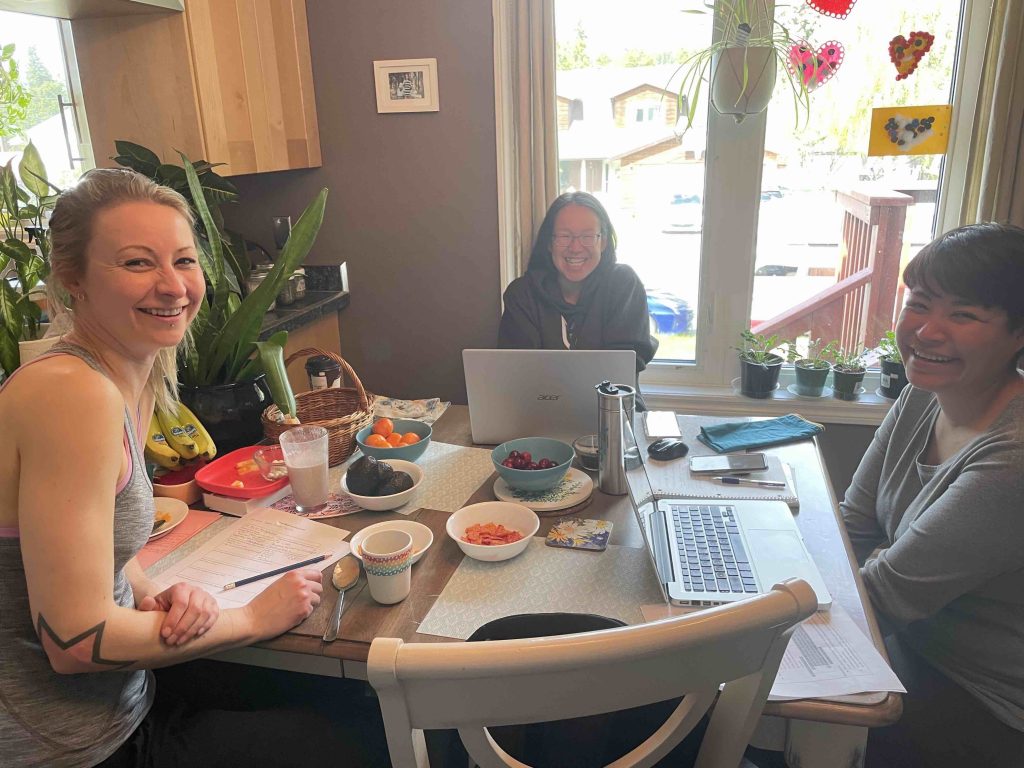
Well, what a journey this has been! I am thankful for the opportunities to grow, learn and evolve in yoga, with my children and in my knowledge of educational technology.
These are the goals I started out with for my project:
Goals:
- To create my own digital resource folder of kids yoga activities.
- Practice new yoga activities with my kids and friends at home
- Record Practice Teaching Videos to share with EDTC 300 classmates
- Create a Kids Yoga Channel on YouTube
Here is what I achieved:
- I explored and shared many resources for kids yoga with classmates
- As I began to work on my own guide, I created an outline, but I decided to leave it open for now… One of the things I realized is that in my own journey as a yoga teacher, I am still developing my own style of teaching yoga to kids. For me, part of this practice involves reflecting on how I might best support other educators to incorporate more movement work into their classes. I would like to eventually work as an Educational Consultant, and I imagine that yoga and movement work would fit into that!
I feel I need a few more years experience and practice (and perhaps another professional level training) to be ready to create the kind of guide I would truly like to create.
For now, I have the following outline to share – the topics I feel would be most important to include in my draft guide.
- I was successful in recording and uploading some yoga practice videos with my kids: three videos in total!
- I created a YouTube Channel: Yoga Meditations with Dani Kay to share my videos with classmates, teachers, students, family and friends.
I also learned:
- I love video editing! At first, I felt daunted by the challenge. As I started to get into it, I realized it is not as hard as it looked at first glance. There are just different steps and processes to learn. The more I break it down, and figure out, the easier and more natural the process becomes. It’s already getting faster for me too!
- Canva is the coolest program ever! I can’t wait to spend more time with it!
- It is way harder to do yoga with your own kids than someone else’s kids!
Some of my challenges:
- It would have been nice to organize a group of kids outside to do a kids yoga practice and record it – because of time constraints I was not able to do this. I am also hesitant to ask my friends about videoing their kids to put on the internet. It just feels outside of my comfort zone.
- I was dealing with health issues that affected my breathing. Actually, the catalyst for the issues was connected to this project – I have been working on a wall at my house, to use as a background for shooting yoga films. My painter did some sanding for me – the sanding triggered my asthma – and had affected my ability to talk, laugh and sing (and teach yoga!) for several weeks. For this reason, I had to be flexible with my project, including the content and the focus of the project. I ended up spending more time on iMovie and learning to video edit than I initially planned as my goal. This worked out for though, as it is now something I am starting to feel passionate about as a new skill!
- I can feel overwhelmed by all of the kids’ yoga content available on the internet. Sometimes it seems like everyone is just out to make money and it is impossible to know who to trust. There is lots of great content out there, but you have to hunt around for it. The discovery of Mercury Reader is helpful because at least it helps you cut out some of the advertisements when you are reading.
My yoga guide outline (I think this could turn into a book one day!):

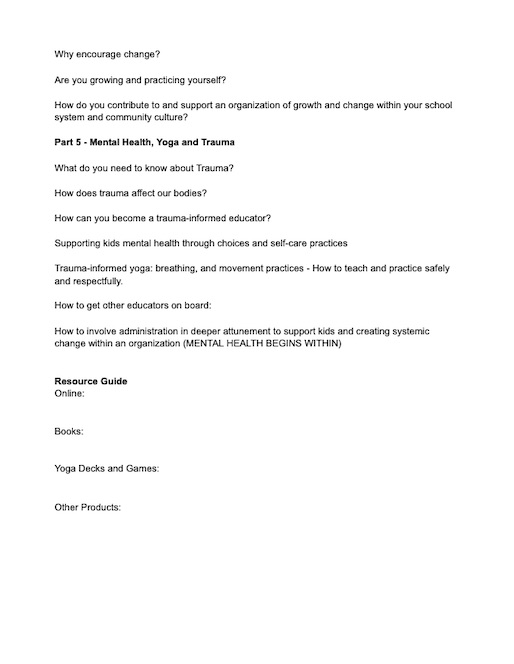
Thanks to everyone for following along!
I am happy to help anyone anytime. Please feel free to reach out to me if you ever have any questions about kids yoga or trauma-informed yoga. Anytime!
Take care,
Dani

